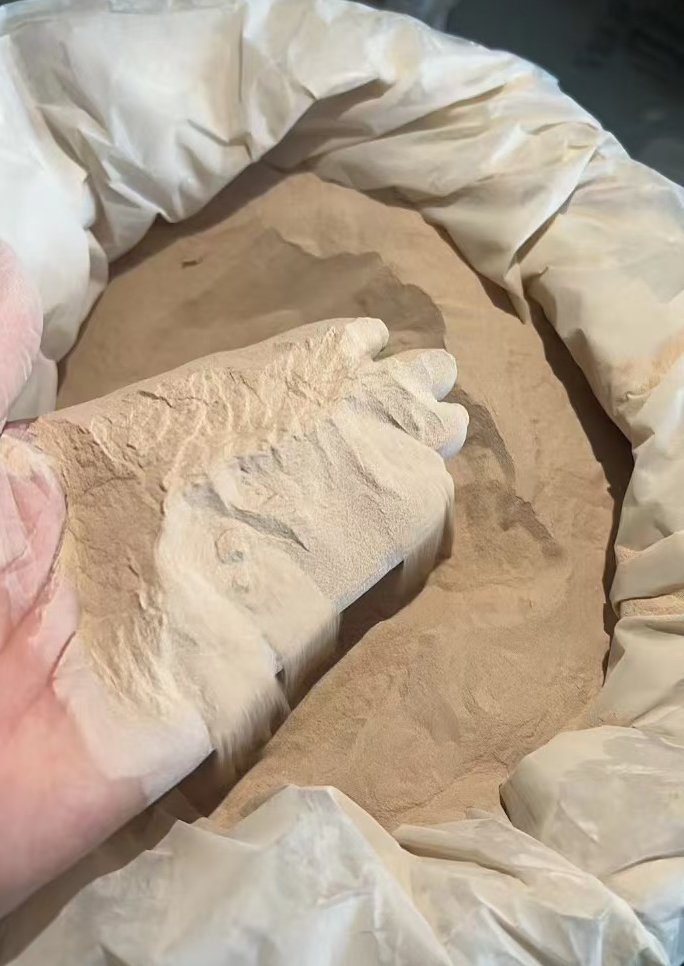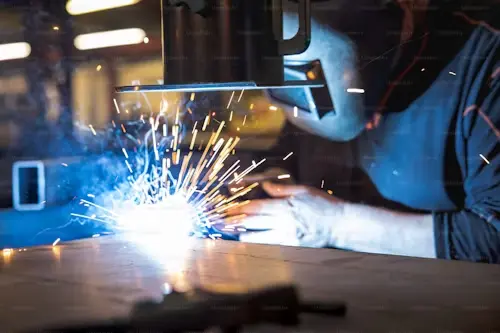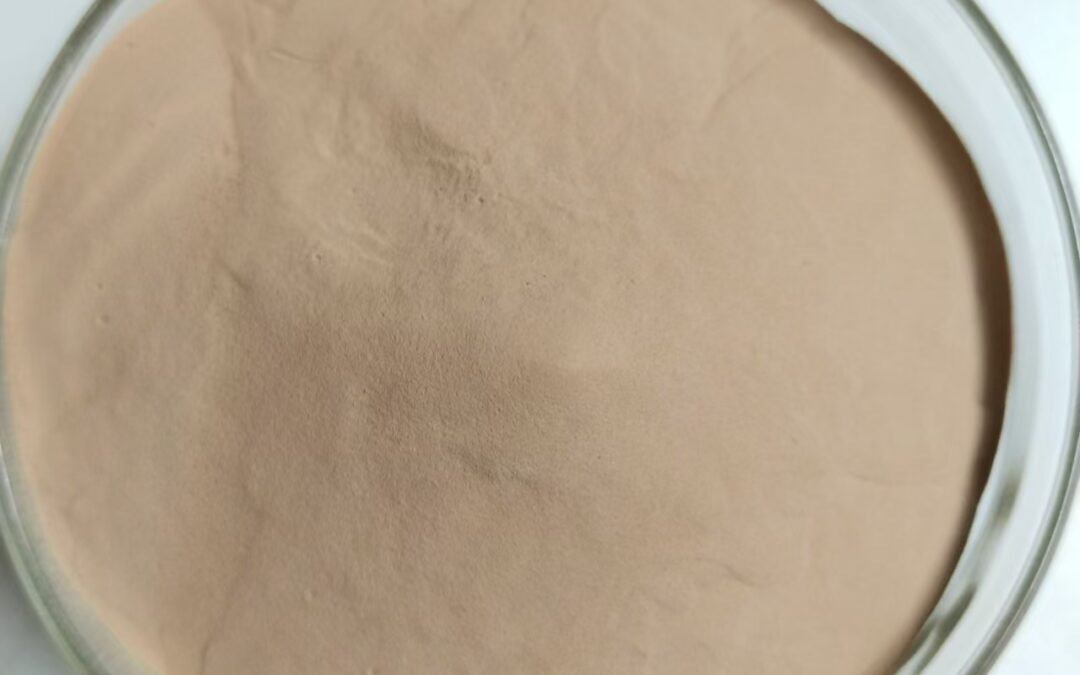Manganese II Carbonate, also known by its chemical formula MnCO₃, is an essential compound with diverse industrial applications and increasing market significance. This blog explores the chemical properties, uses, market demand, and future trends of manganese II carbonate, shedding light on why it is vital for various industries worldwide.
Keytakeaways:
Chemical Properties of Manganese II Carbonate
Industrial Applications of Manganese II Carbonate
Future Trends and Opportunities
Manganese II Carbonate is a pale pink crystalline solid, occasionally appearing in a rhombohedral crystal structure. Below are its critical chemical properties:
-
Molecular Formula: MnCO₃
-
Molar Mass: 114.95 g/mol
-
Appearance: Pale pink or light beige powder
-
Solubility: Insoluble in water but soluble in acidic solutions
-
Stability: Stable under normal conditions but decomposes upon heating to produce manganese(II) oxide and carbon dioxide.
-
Density: 3.125 g/cm³
-
pH: Neutral to slightly basic in aqueous suspensions
Manganese II Carbonate is naturally occurring in the mineral rhodochrosite but is also synthesized for commercial applications. Its chemical versatility stems from its ability to decompose and react with acids, making it a vital component in chemical processes.

Industrial Applications of Manganese II Carbonate
The applications of manganese II carbonate are varied, and it serves as a critical material in several industries:
1. Battery Manufacturing
Manganese compounds, including manganese II carbonate, are integral to battery technology. MnCO₃ is used in the production of lithium manganese oxide (LiMn₂O₄), a cathode material in rechargeable lithium-ion batteries. This application has gained prominence due to the rising demand for electric vehicles (EVs) and renewable energy storage solutions.
2. Agriculture
In agriculture, manganese II carbonate acts as a micronutrient in fertilizers. Manganese is essential for plant growth, as it aids photosynthesis, nitrogen assimilation, and enzyme activation. MnCO₃ is often included in slow-release fertilizers to correct manganese deficiencies in soil.
3. Ceramics and Glass
MnCO₃ is used as a coloring agent in ceramics and glass production. When incorporated into ceramic glazes, it imparts a range of colors, including soft pinks and deep reds, enhancing the aesthetic appeal of ceramic products.
4. Chemical Industry
Manganese II carbonate serves as a precursor for synthesizing other manganese compounds, such as manganese sulfate and manganese dioxide. These derivatives have applications in water purification, catalysis, and the production of specialty chemicals.
5. Steel Manufacturing
Although its direct use in steelmaking is limited, manganese carbonate contributes to the production of manganese alloys, which are essential in steelmaking. Manganese improves the hardness and strength of steel, making it indispensable for the construction and automotive industries.

Market Demand and Global Trends
1. Growing Demand for Electric Vehicles
The global push towards sustainable transportation has exponentially increased the demand for lithium-ion batteries. As a result, the need for manganese-based cathode materials, including those derived from manganese II carbonate, has surged. Analysts predict this trend will continue as governments implement stricter emissions regulations and incentivize EV adoption.
2. Expanding Agricultural Sector
With the global population projected to reach 9.7 billion by 2050, agricultural output must increase significantly. Manganese II carbonate-based fertilizers play a crucial role in ensuring soil fertility and crop yield, making them vital for the agricultural sector.
3. Ceramic and Glass Industry Growth
The ceramics and glass industries are experiencing steady growth, particularly in emerging markets. MnCO₃’s role as a pigment and glazing material ensures its continued relevance in these sectors.
4. Regional Market Insights
-
Asia-Pacific: Dominates the manganese carbonate market due to its robust agricultural sector and rapidly growing battery manufacturing industry.
-
North America and Europe: Witness steady demand driven by advancements in renewable energy and EV technologies.
-
Middle East and Africa: Increasingly relying on manganese carbonate for agricultural applications.

Future Trends and Opportunities
1. Advanced Battery Technology
Research and development in battery technology focus on creating more efficient and sustainable cathode materials. Manganese II carbonate-derived compounds are expected to play a pivotal role in next-generation batteries, such as solid-state and sodium-ion batteries.
2. Eco-Friendly Agriculture
With the increasing emphasis on sustainable farming practices, manganese II carbonate will find applications in environmentally friendly fertilizers and soil conditioners. Organic farming systems may also adopt manganese-based solutions to meet regulatory standards.
3. Circular Economy
Recycling manganese from used batteries and other products is emerging as a viable solution to meet the growing demand. Manganese II carbonate can be synthesized from recycled materials, contributing to a circular economy.
4. Technological Integration
Automation and AI-driven systems are being implemented in manganese carbonate production facilities, improving efficiency and reducing costs. Enhanced analytical techniques also ensure the production of high-purity manganese carbonate for specialized applications.
Challenges in the Manganese II Carbonate Industry
Despite its versatility, the manganese II carbonate market faces several challenges:
-
Raw Material Availability: The availability of high-quality manganese ores is a limiting factor in MnCO₃ production.
-
Environmental Regulations: Stricter environmental standards for mining and manufacturing can increase production costs.
-
Price Volatility: Fluctuations in global manganese prices can impact the cost-effectiveness of MnCO₃-based products.
-
Competition from Substitutes: Alternative materials and technologies may reduce reliance on manganese II carbonate in specific applications.
Conclusion
Manganese II Carbonate is a multifaceted compound with extensive applications across industries such as batteries, agriculture, and ceramics. Its importance is set to grow as global trends like EV adoption and sustainable agriculture gain momentum. While challenges such as raw material scarcity and regulatory compliance persist, innovations in recycling and production technologies promise a bright future for this compound.
For businesses and researchers, understanding the properties, applications, and market trends of manganese II carbonate is essential to capitalize on its potential. As industries continue to evolve, manganese II carbonate will remain a cornerstone of technological and industrial progress.
FAQ
1. What is Manganese II Carbonate (MnCO₃)?
Manganese II Carbonate is a pale pink crystalline compound with the chemical formula MnCO₃. It is commonly used in industries such as battery manufacturing, agriculture, ceramics, and chemicals. It plays a crucial role in producing manganese-based compounds for various applications.
2. What are the main uses of Manganese II Carbonate?
Manganese II Carbonate is used in:
- Battery manufacturing: As a precursor for lithium manganese oxide in rechargeable batteries.
- Agriculture: As a micronutrient in fertilizers to aid plant growth.
- Ceramics: As a coloring agent for glazes and ceramics.
- Steel and Chemical industries: In the production of manganese alloys and other chemicals.
3. How does Manganese II Carbonate benefit agriculture?
Manganese II Carbonate provides essential manganese, which is a key micronutrient for plants. It helps with photosynthesis, nitrogen assimilation, and enzyme activation, improving crop yield and soil fertility.
4. Why is Manganese II Carbonate important in battery production?
Manganese II Carbonate is used to produce lithium manganese oxide (LiMn₂O₄), which is used as a cathode material in lithium-ion batteries. These batteries are crucial for powering electric vehicles (EVs) and renewable energy storage systems.
5. What is the future outlook for Manganese II Carbonate?
The demand for Manganese II Carbonate is expected to rise, driven by the growing electric vehicle market, advances in battery technology, and increasing agricultural needs. Additionally, innovations in recycling and eco-friendly agriculture are expected to further boost its applications.
6. Are there any challenges in the production of Manganese II Carbonate?
Yes, challenges include the availability of high-quality manganese ores, fluctuating prices, environmental regulations on mining and manufacturing, and competition from alternative materials. However, technological advances in recycling and production efficiency may help overcome these obstacles.
We are global supplier of manganese dioxide,manganese carbonate and manganese sand filter.
Contact me to provide custom solutions to boost your business.

I am Edward lee, CEO of BTLnewmaterial, an engineer and international sales with more than 10 years experience
reach me to discuss more custom solutions for your business.
